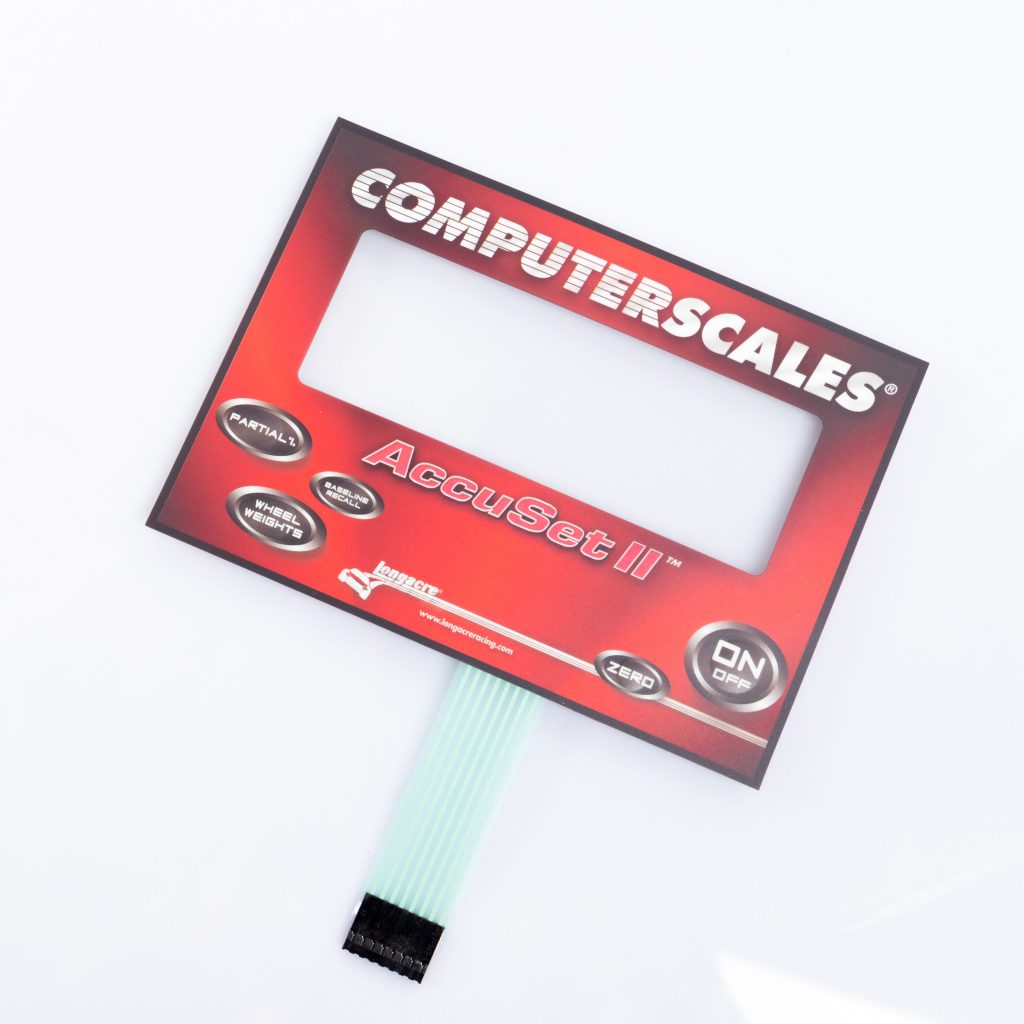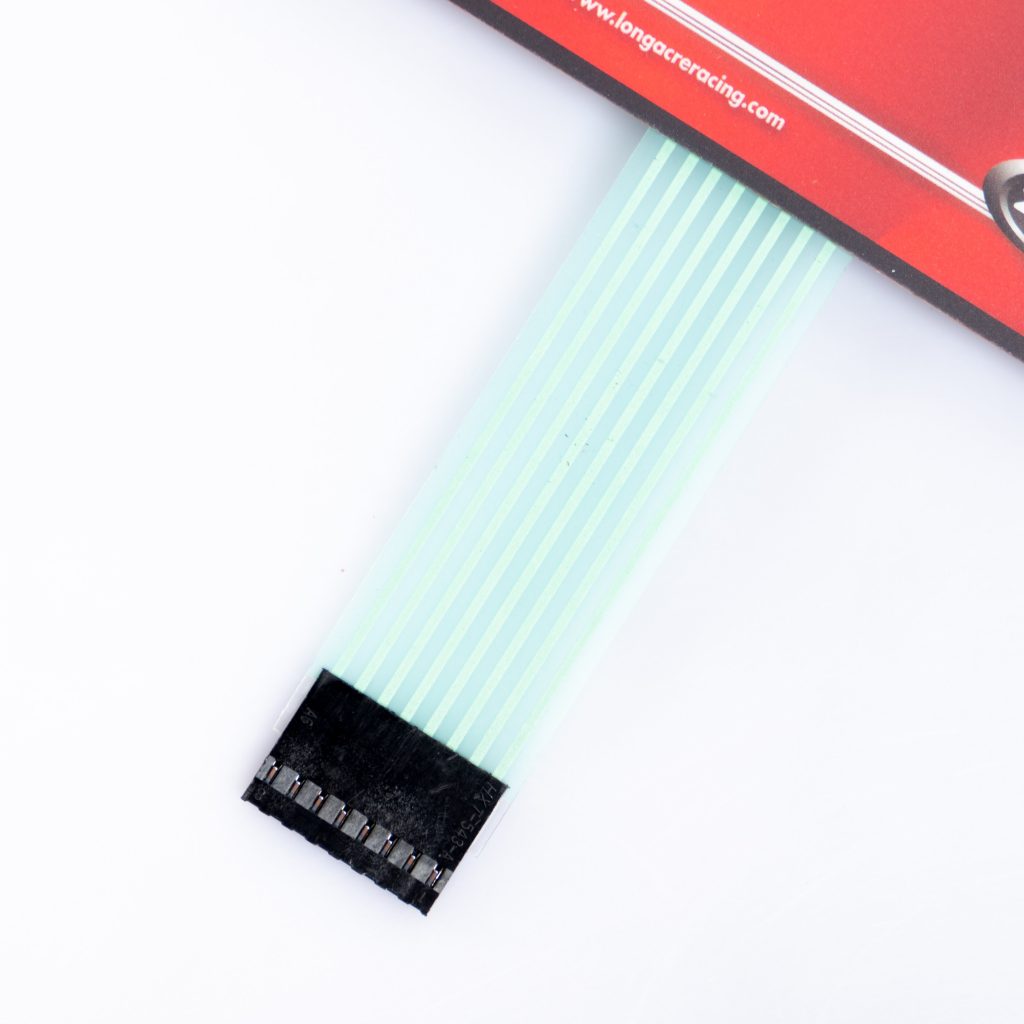Contact
Write to Us And We Would Be Happy to Advise You.
Do you have any questions, or would you like to speak directly with a representative?
By hqt
In membrane switch technology, the tail exit plays a crucial role in the design and functionality of the switch. This article delves into what a tail exit is, its importance, and considerations in its design.



A tail exit refers to the point at which the electrical connector, or the ‘tail’, exits the membrane switch assembly. This tail is crucial for connecting the switch to the rest of the electronic system.
The tail exit is not just a physical feature; it has implications for the switch’s functionality, durability, and integration with other components.
Choosing the right location and orientation for the tail exit is essential. It must align with the device’s overall design and the placement of other electronic components.
The tail needs to be designed for easy and reliable connection to the circuitry, ensuring seamless communication between the switch and the device.
The material and design of the tail must withstand repeated bending and manipulation, especially in devices where the switch is frequently used.
A straight tail exit extends directly out from the edge of the switch. It’s simple and often used when space isn’t a constraint.
In a folded tail exit, the tail folds back under the switch. This design is useful for saving space and reducing the switch’s profile.
In compact devices, finding the right tail exit design that fits the available space can be challenging. Customized tail orientations can be a solution.
The tail exit must be robust to maintain a reliable connection over the switch’s lifespan. This is achieved through material selection and design precision.
The tail exit is a vital aspect of membrane switch design, impacting its functionality, integration, and durability. Understanding its importance helps manufacturers and designers in creating more efficient and reliable membrane switches.
This overview provides insight into the role and significance of tail exits in membrane switches, highlighting design considerations and challenges. The tail exit’s design is essential for ensuring the seamless integration and functionality of the switch within the broader electronic device.
Do you have any questions, or would you like to speak directly with a representative?